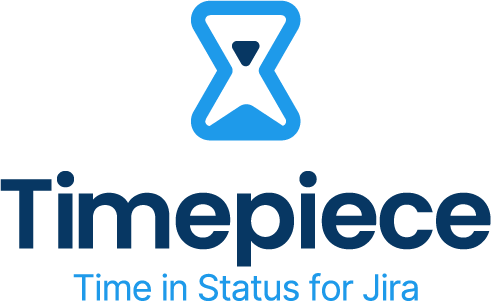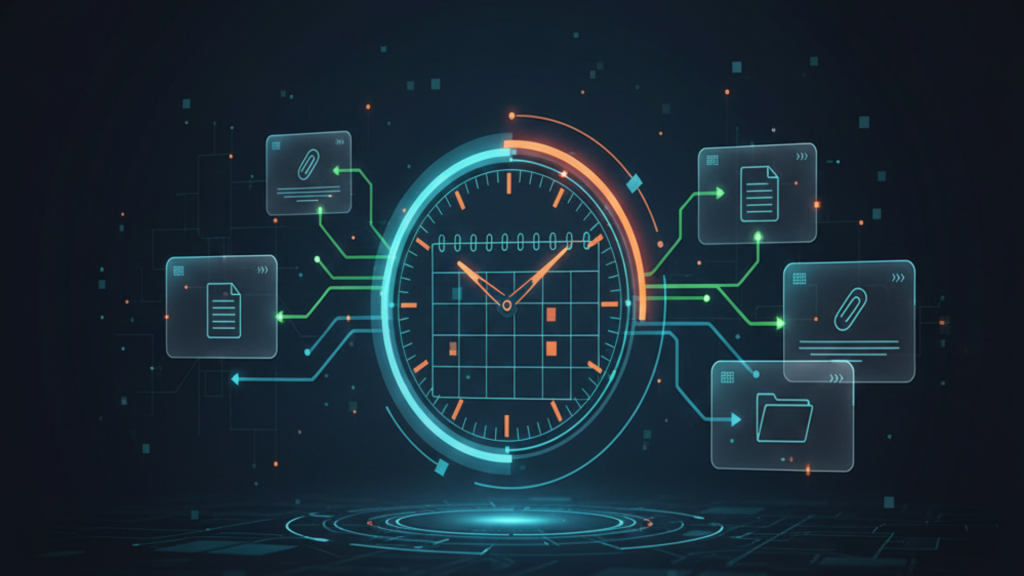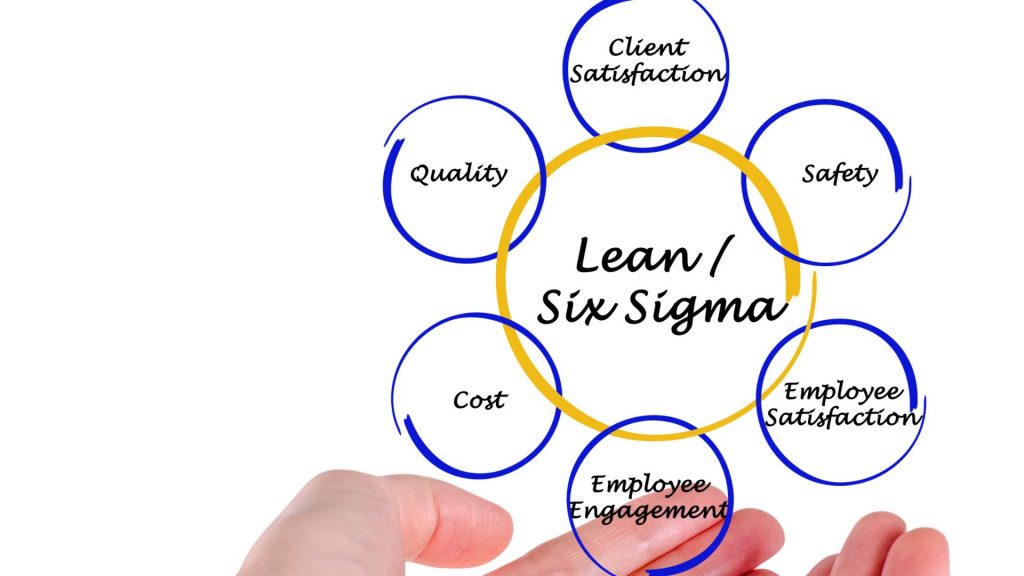In project management, teams are often drowning in data yet starved for insight. You know how many hours were logged against a project, but do you know how many were lost to friction in your workflow? The distinction is critical. One is simple accounting; the other is strategic intelligence.
To achieve a complete, 360-degree understanding of your team’s time, you must look at it from two complementary angles. The first 180 degrees cover Effort Accounting, the essential record of time spent. The final 180 degrees unlock Process Intelligence, the transformative analysis of time lost. This guide explores how mastering both dimensions allows you to evolve from simply logging hours to truly optimizing your entire process.
The First 180°: Mastering Effort Accounting
The first dimension of time tracking is Effort Accounting. Its purpose is clear and essential: to create an accurate ledger of time spent on tasks. This is the bedrock of client billing, budget management, and resource planning. The primary question it answers is: “Who worked on what, and for how long?”
For teams that need to translate hours directly into invoices or manage strict project budgets, mastering this dimension is a must. The key is to make the process of logging work as seamless as possible. If it’s a duty, the data will be inconsistent and unreliable.
A best-in-class tool for this is Worklogs by SolDevelo. It is purpose-built to remove the friction from manual time entry.
Frictionless Entry: It offers multiple views, like tables and Kanban boards, allowing users to log time against many issues from a single screen, saving valuable time.
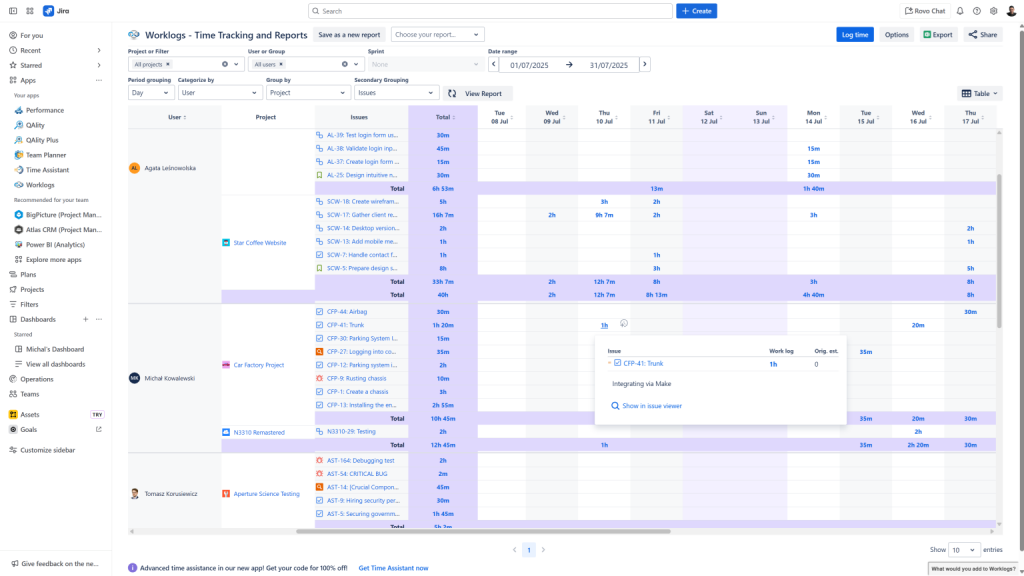
Flexible Reporting: It excels at generating clear timesheet reports that can be filtered by project, user, or any other field, then exported to Excel or CSV for billing and analysis.
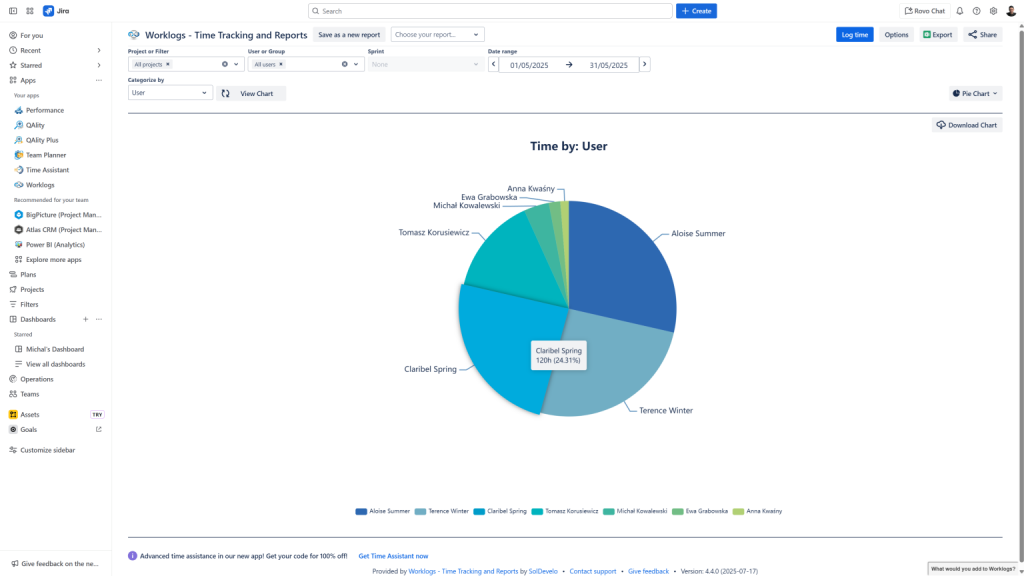
Dashboard Visibility: Its dashboard gadgets provide a real-time overview of logged effort, keeping everyone on the same page.
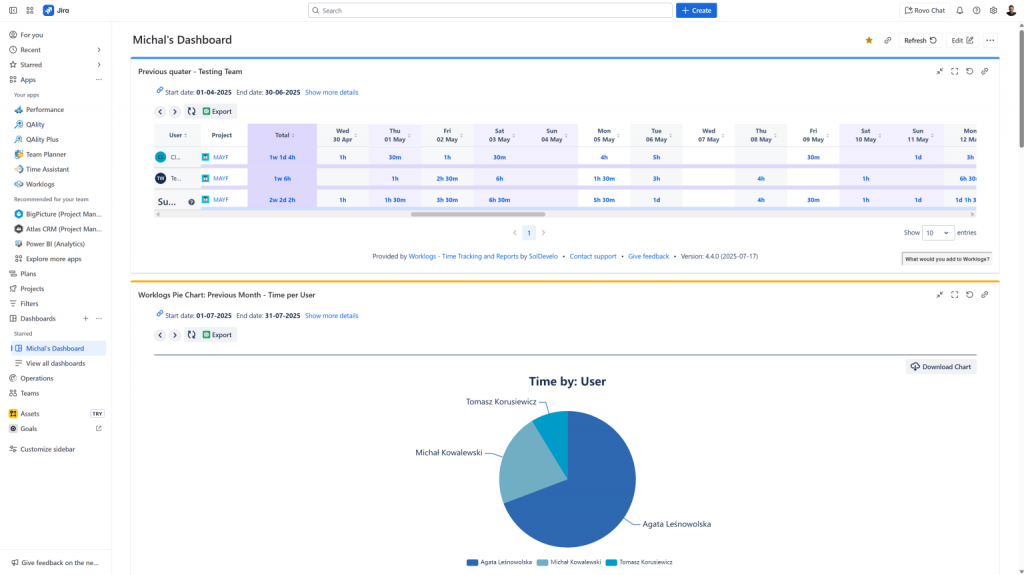
For any organization needing a precise, checkable record of work performed, Worklogs by SolDevelo provides an elegant and effective solution.
The Final 180°: The Leap to Process Intelligence
While knowing how much time was spent is important, the greatest opportunities for improvement lie in understanding where time is lost. This is the second dimension: Process Intelligence. It moves beyond manual entries to analyze the automated, historical data of how issues move through your workflow. It answers the crucial question: “Where is our process inefficient, and how long do things wait?”
The biggest drains on productivity aren’t when your team is actively working; they’re hidden in the handoffs and queues. An issue might have only 10 hours of logged work but took 3 weeks to complete. Process intelligence investigates the rest of that time. Was it stuck in “Code Review”? Blocked by a dependency? Waiting for customer feedback?
This is the domain of Timepiece – Time in Status for Jira. As the most established and capable app of its kind on the Marketplace, Timepiece was engineered to deconstruct your workflow and provide deep, actionable insights.
True Cycle & Lead Time
Go beyond basic reports by grouping statuses to measure the metrics that matter, like your end-to-end Cycle Time or Lead Time, using custom calendars that account for your team’s actual working hours.
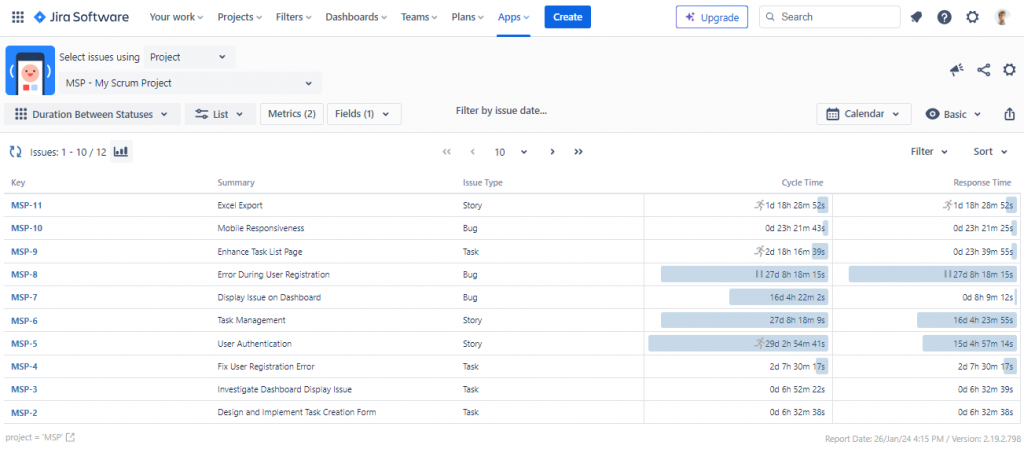
Pinpoint Bottlenecks
Generate reports that show exactly how long issues linger in any status. You can even report on custom fields to quantify time lost to specific “Blocker Reasons,” turning anecdotal complaints into data.
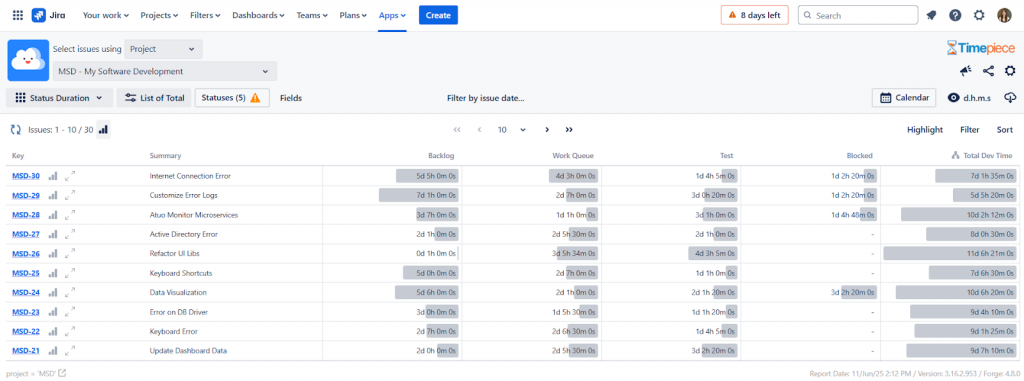
Analyze Trends Over Time
A single report is a snapshot; a trend is a story. Timepiece allows you to see if your process improvements are actually reducing delays over weeks, months, or quarters.
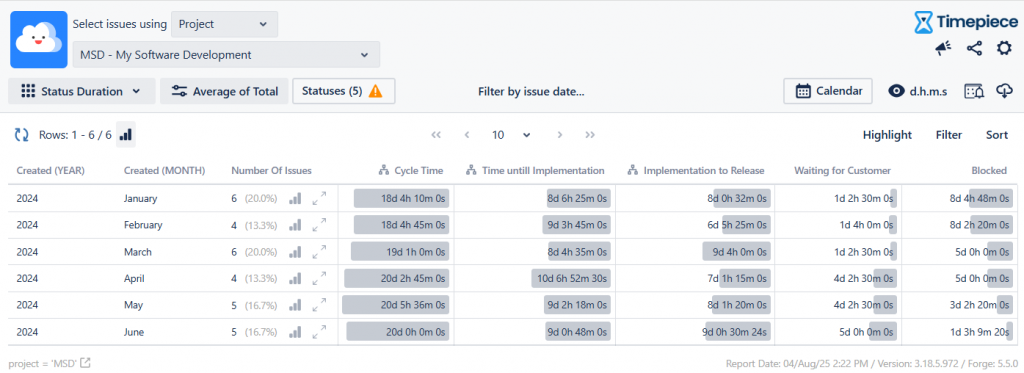
By analyzing the entire lifecycle of your issues, you can move from guessing where problems are to knowing with certainty, empowering you to make changes that have a real impact.
Besides, Timepiece uses your existing issue history to provide accurate reports on all past issues immediately upon installation. There’s no need to wait and collect new data.
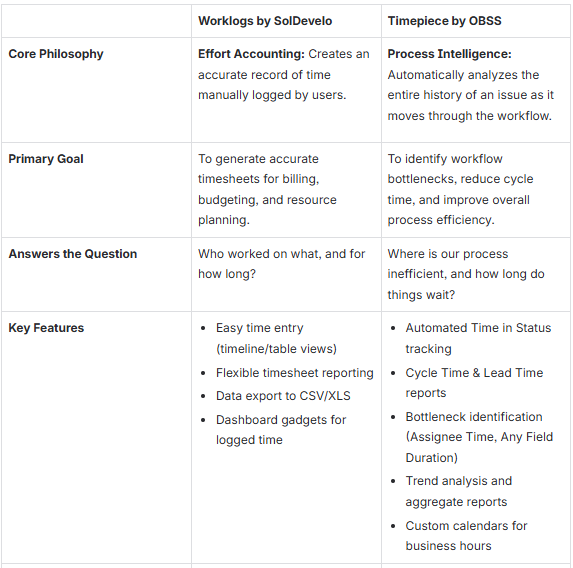
A Unified Strategy: Combining Effort and Flow for a Complete Picture
These two dimensions aren’t competing; they’re companion. A truly mature organization understands it needs both. Worklogs gives you the financial and resource data. It’s your project’s expense report. Timepiece gives you the operational health data. It’s your workflow’s diagnostic scan.
Using both gives you a complete, 360-degree view of your team’s time. You can see how much effort is being applied and, critically, where that effort is being held up by systemic friction. This allows you to have more productive retrospectives, make smarter process changes, and build a more resilient, efficient team.
To learn more about how you can elevate your process with deep workflow insights, explore Timepiece – Time in Status for Jira by OBSS on the Atlassian Marketplace. For foundational effort tracking, check out Worklogs by SolDevelo.


